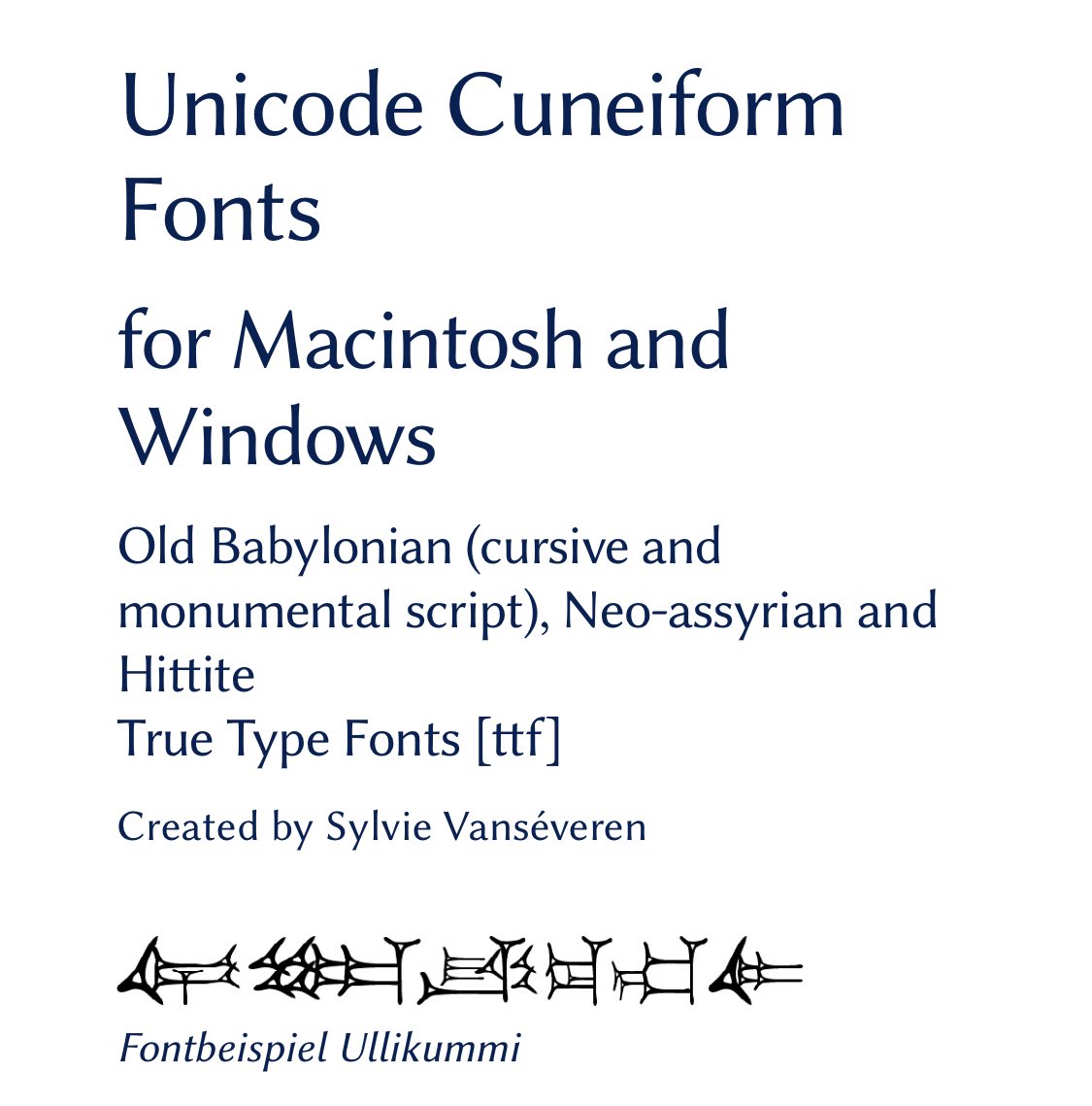Google is making available a free, family of font faces that are being shared with SIL Open Font License.
Google says:
Beautiful and free fonts for all languagesWhen text is rendered by a computer, sometimes characters are displayed as “tofu”. They are little boxes to indicate your device doesn’t have a font to display the text.
Google has been developing a font family called Noto, which aims to support all languages with a harmonious look and feel. Noto is Google’s answer to tofu. The name noto is to convey the idea that Google’s goal is to see “no more tofu”. Noto has multiple styles and weights, and is freely available to all.
More background information is available
here which notes that "Noto is an open-source family of fonts that supports the display of some 110,000 characters from 800 languages." It also works on Android- and Chrome-based devices.
As it pertains to biblical studies, unfortunately, this probably is not a fully satisfying answer. The Noto Serif font includes Greek and Coptic but not Hebrew. The Noto Sans likewise includes Greek and Coptic but not Hebrew, but there is a separate Noto Sans Hebrew. There are other separate downloads for:
- Noto Sans Cuneiform
- Noto Sans Egyptian Hieroglyphs
- Noto Sans Ethiopic
- Noto Sans Imperial Aramic
- Noto Sans Linear B
- Noto Sans Phoenician
- Noto Sans Samaritan
- Noto Sans Syriac: Eastern, Estrangela, Western
- and more...
Those extra font families may make Noto an attractive option, but for most of my work, I'm still using the free
Cardo font, the
SBL BibLit font (which is a combination of the SBL Hebrew and SBL Greek), or even the Times New Roman (TNR) which can handle almost all Greek and Hebrew needs. (TNR does include critical apparatus markers, but it must substitute for the fraktur characters for the Majority Text and Septuagint and papyrus.)
I find the fonts to be attractive enough, though their clarity is more striking than their elegance. (SBL Lit and TNR are more attractive, in my opinion.) Here's a comparative sample I've created. (Click to enlarge.)
Download the Noto fonts
HERE. Even if you don't use the Noto fonts, I'm guessing that you at leaste learned that the little blank character boxes is called tofu.







